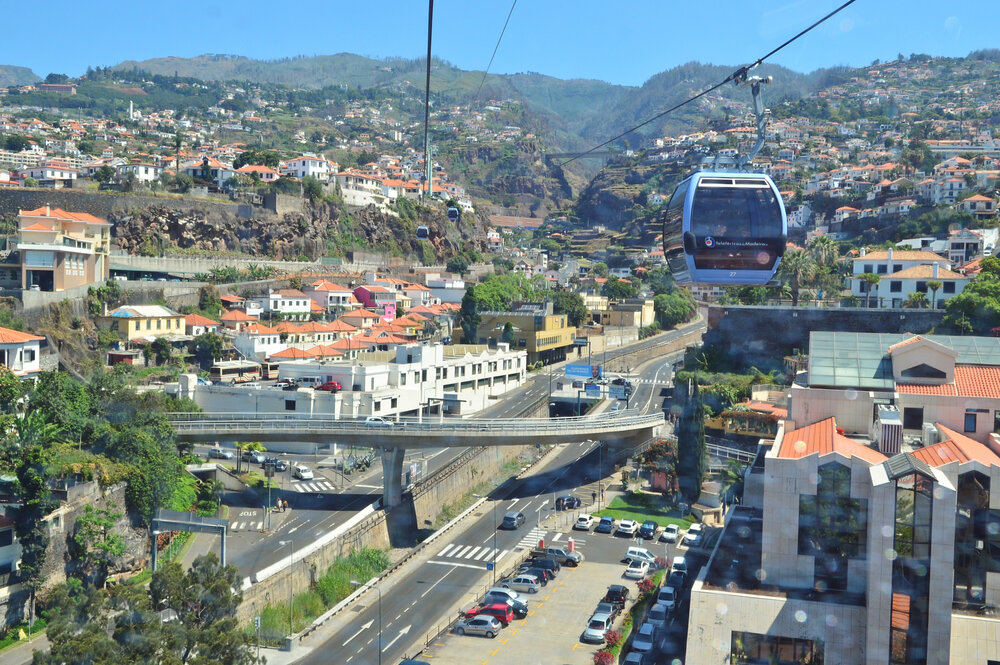Tehran city council mulling over gondola lift transport

TEHRAN — Tehran city council is weighing up the pros and cons of setting up gondola lifts as urban transport in northern Tehran, councilor Mohammad Alikhani has said.
Invented over a century ago for exploring mountainous regions, aerial cable cars have now appeared in several big cities, used as an alternative to conventional urban transport modes. This technology uses electrically-propelled steel cables to move suspended cars (or cabins) between terminals at different elevation points.
The idea was proposed earlier by the mayor of Tehran district 1 for transporting the passengers in the northern part of the city, Mehr news agency quoted Alikhani as saying on Monday.
Street in northern Tehran are used to their fullest capacity, so that considering the dense population of the district the areas challenging topography (being mountainous) making other modes of transit expensive or impractical, it is not possible to add more bus lines to the narrow streets, so that the idea of an aerial lift can be taken into consideration, Alikhani added.
Urban gondola lifts can be also beneficial to tourism industry in the area, he said, highlighting that the project will be invested by the private sector.
Studies to set up gondola lifts in northern Tehran are underway and once they are completed they will be presented at Tehran city council, he noted.
Alikhani deemed the idea as “good” which will be backed by the city council.
In Iran gondolas are usually used by mountain climbers or on a ski vacation to access the mountain top. However, considering the proposal for gondolas and cable cars to efficiently move people from place to place can be an effective measure to tackle traffic congestion in some neighborhoods. Reducing pollution, traffic, and crowding are among the advantages of this transport system.
According to curbed.com compared to subways, highways, or rail lines—which often require displacing huge numbers of people in urban areas or extensive (and expensive) below-ground building—gondolas are a relatively cheap option.
Gondolas have some advantages over other modes of public transit. They’re fairly easy to install, relatively inexpensive, and aren’t super disruptive to local communities during the installation process. That process can also be done much more quickly than something like light rail or even bus rapid transit. They also deal exceptionally well with obstacles like hills and water, Quora writes.
There are some major disadvantages to depending on gondolas for public transportation, the biggest one being that they can’t transport all that many people at a time. Busses, light rail, and subways are all more efficient at moving people through a dense urban environment, and moving lots of people is key when you’re talking about high density areas.
MQ/MG
